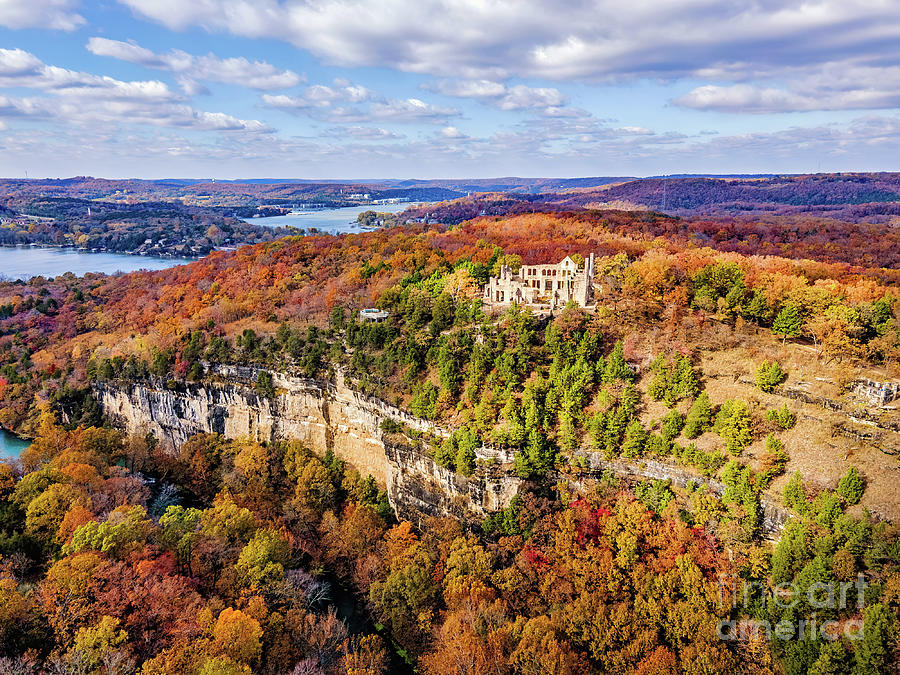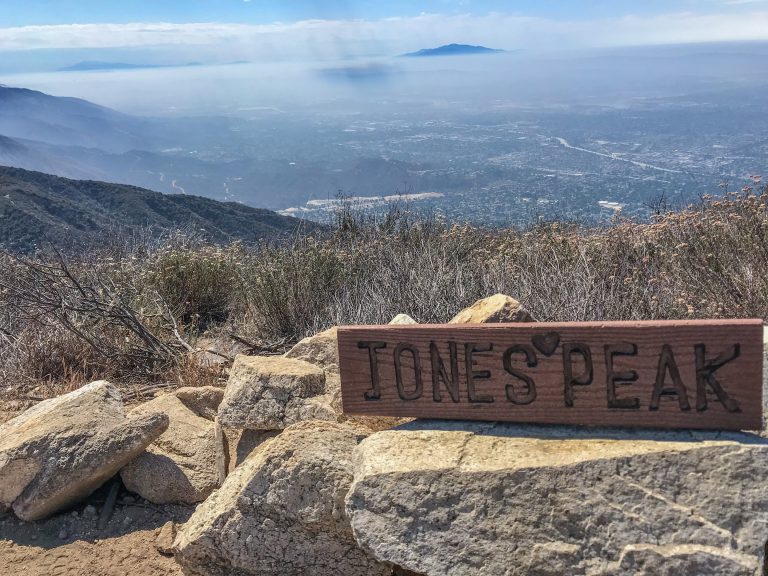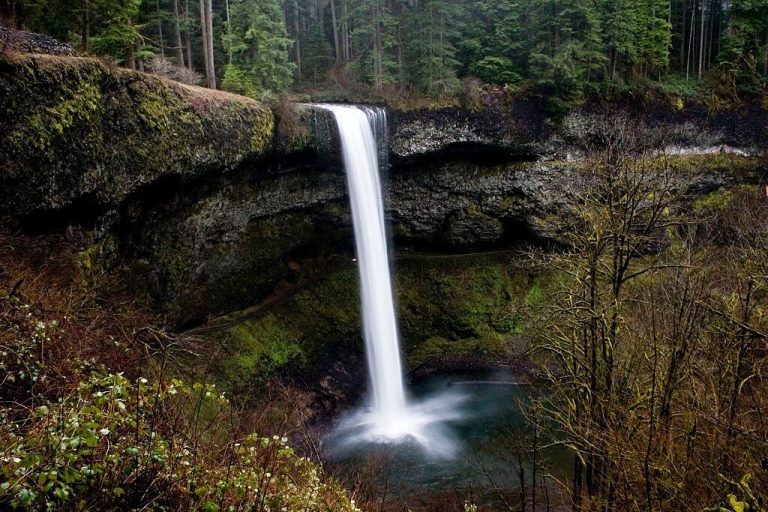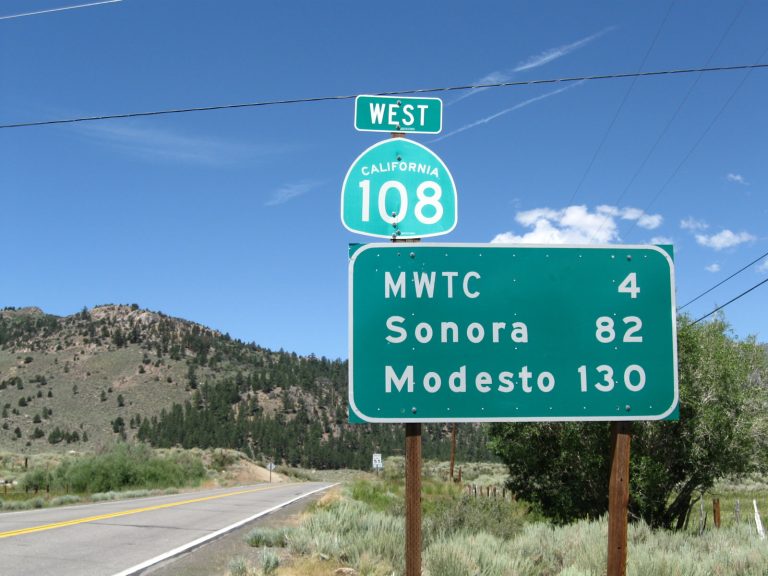Honky tonk. The very phrase conjures images of smoky bars, foot-stomping tunes, and two-steppin’ couples. But this vibrant genre of country music is more than just a party atmosphere. Honky tonk is a window into American culture, reflecting the joys, sorrows, and unvarnished realities of working-class life.
This article delves into the rich history of honky tonk, exploring its origins, musical characteristics, and the iconic artists who shaped its sound. We’ll also examine its lasting influence on contemporary country music and its place in American culture.
Contents
Honky Tonk’s Humble Beginnings|From Rural Roots to Urban Stages

The exact origin of the term “honky” remains shrouded in some mystery. Theories abound, with some suggesting it comes from West African onomatopoeia for a piano, while others point to a corruption of “honky-tonk piano,” referencing the barroom instrument.
Regardless of its etymology, honky tonk has clear roots in the late 19th and early 20th centuries. It emerged from the musical traditions of the American South and Southwest, particularly blues, ragtime, and old-time fiddle music. These genres blended with the storytelling tradition of American folk to create a uniquely energetic and raw sound.
Honky flourished in the burgeoning cities and towns of the South and West. These urban centers attracted a new wave of migrants seeking work, often in blue-collar jobs. Honky provided a space for these workers to unwind, socialize, and escape the harsh realities of their daily lives. These venues were typically small, dimly lit, and filled with the sounds of lively music, boisterous laughter, and the clinking of glasses.
The Sounds of Honky Tonk|A Fusion of Heart and Harmony

Honky tonk music is characterized by its driving rhythms, simple yet catchy melodies, and poignant lyrics. Here are some key elements that define the genre:
- Instrumentation: The core instruments of honky are the piano (often played in a percussive style), acoustic guitar, fiddle, steel guitar, and upright bass. This combination creates a dynamic and energetic sound that gets toes tapping and bodies moving.
- Vocals: Singers in honky tonk typically have a strong, clear voice that can project over the band. Often, their vocals convey a sense of emotion, whether it’s heartbreak, joy, or resilience.
- Harmony: While not as complex as later country styles, honky often utilizes simple harmonies for emphasis and emotional impact.
- Lyrics: The lyrics of honky delve into the everyday experiences of working-class life. Themes of love, loss, hard work, heartache, and escaping reality through drinking and partying are prevalent.
Honky tonk music is not known for its musical sophistication, but instead, for its raw honesty and emotional authenticity. It captures the struggles and celebrations of ordinary people, making it relatable and deeply affecting for listeners.
Read More: Unveiling a Gem | A Comprehensive Guide to Hidden View Campground
Honky Tonk Heroes|Pioneers Who Shaped the Genre

The golden age of honky tonk is generally considered to be the 1930s and 1940s. This era saw the rise of legendary artists who defined the genre and continue to influence country music today. Here are some of the most iconic honky tonk pioneers:
- Hank Williams: The undisputed king of honky tonk, Hank Williams’ voice was as rough as his life. His songs, like “Your Cheatin’ Heart” and “I Saw The Light,” are filled with raw emotion and relatable themes, making him a lasting icon.
- Ernest Tubb: Known as the “Texas Troubadour,” Tubb’s signature baritone voice and his honky band, the Texas Troubadours, delivered energetic and emotional songs about love, loss, and the hardships of life.
- Kitty Wells: A trailblazer for women in country music, Kitty Wells challenged the male-dominated industry with her strong vocals and sassy honky tonk tunes. Her hit “It Wasn’t God Who Made Honky Angels” remains an anthem for independent women.
- Lefty Frizzell: Another icon of heartbreak and hard livin’, Lefty Frizzell’s smooth vocals and melancholic tunes captured the struggles of everyday life in his honky tonk classics like “Long Black Veil” and “I Love You a Thousand Ways.”
- Webb Pierce: The “Singing Sailor,” Webb Pierce, known for his flamboyant suits and energetic performances, brought a touch of showmanship to the honky tonk scene. His hits like







